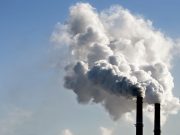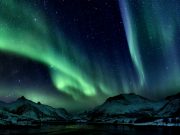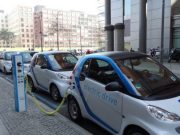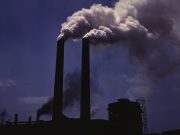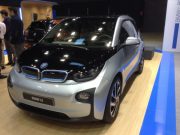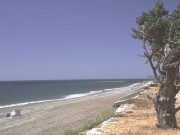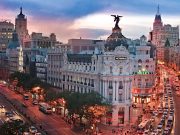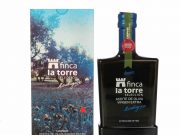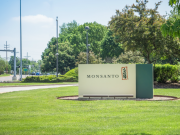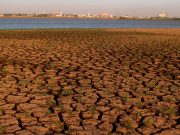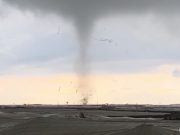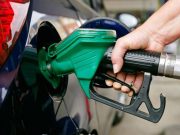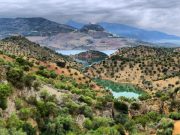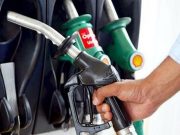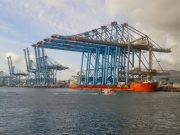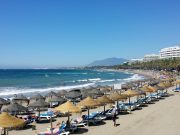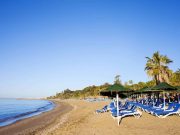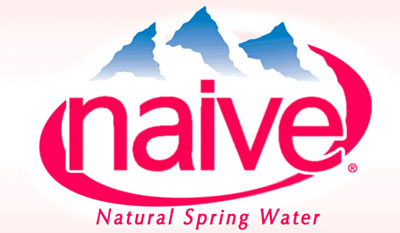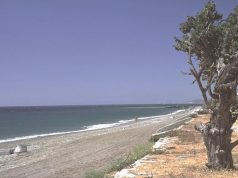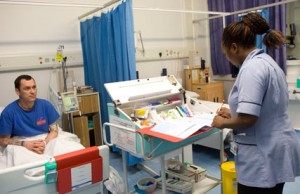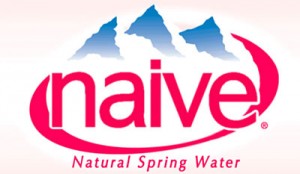
THIS weekend I enjoyed dinner with a friend at a smart Asian restaurant near Mijas. As usual when we dine out locally, we asked for a jug of tap water along with our wine.
The young waiter paled at our request, mumbled something about it not being permitted and scurried off to fetch someone senior, making us feel like we had requested a line of coke, rather than a humble jug of ubiquitous H20.
The unsmiling owner then proceeded to tell us that he was ‘not allowed’ to serve tap water as it was dangerous, contained a lot of cal (which is actually harmless lime-scale) and that not even his staff would deign to sip the stuff.
(Not true, whispered our waiter later – he was only following orders in denying our initial request).
Seeing we were unimpressed with this answer the boss then added darkly that we shouldn’t blame him if we fell ill after drinking his tap water, before finally returning with a jug of the dreaded agua del grifo (instead of the normal overpriced half litre bottles).
After enjoying our meal, albeit with some trepidation – “do you think he may have added a dodgy prawn,” my partner proffered – I decided to do some research to back up my feeling that bottled water is a hyped-up rip-off, as well as the more obvious global pollutant.
The bottled water phenomenon spouted into our lives back in the 70s with that classy little French number – Perrier.
Thereafter, a tidal wave of brands has deluged the market, all sharing the same alluring commercial appeal: think Alpine mountains, pools of fresh spring water and the unspoken health benefits of this indispensable gym, yoga, jogging, tennis (you get the picture) lifestyle accessory.
It’s a big-bucks industry – even Donald Trump has his own brand of mineral water – which is rapidly expanding to include spring, mineral, purified, distilled, carbonated, caffeinated and vitamin-enriched, as well as flavours, such as lemon or strawberry, and specific brands aimed at children.
Most people drink bottled water because they imagine it is healthier. And of course in most Third World countries this is true. The water in China is apparently not that great either and, here in Spain, I remember a particularly high and indigestible salt content in my agua del grifo when I was holidaying in Sitges, near Barcelona.
But here in Málaga, the water is generally excellent, particularly in hilltop villages like Ronda. Why on earth would you drink bottled water here knowing that it has travelled who knows how far, in what sort of conditions (it is well known, for example, that heat causes the plastic to leach into the water) when you have the five-star stuff right on your mountain step.
In most cases tap water also adheres to stricter purity standards than bottled water, whose source, often far from a mountain spring, can be wells underneath industrial facilities. Indeed, 40 percent of bottled water began life as, well, tap water.
In the U.S the 20/20 news show recently took five bottles of national brands of bottled water, and a sample of tap water from a drinking fountain, in the middle of New York City and sent them to microbiologist Aaron Margolin of the University of New Hampshire to test for harmful bacteria that can make you ill, like e. coli.
“There was actually no difference between the New York City tap water and the bottled waters that we evaluated,” Margolin concluded.
A further study revealed that a third of the tested brands of bottled water were found to contain contaminants such as arsenic and carcinogenic compounds.
Then again, the US is travelling fast upstream on this issue. For example, the mayor of San Francisco has banned city employees from buying bottled water and has an online pledge to convince residents to give up bottled water.
In July this year, the rural Australian town of Bundanoon similarly banned the sale of bottled water over concerns about its environmental impact.
The statistics are thought-provoking: bottled water produces up to 1.5 million tons of plastic waste per year requiring up to 47 million gallons of oil annually to produce. And while the plastic used to bottle beverages is of high quality and in demand by recyclers, over 80 percent of plastic bottles are simply thrown away.
Plastic waste is now at such a volume that vast eddies of current-bound plastic rubbish spin endlessly in the world’s major oceans, representing a considerable risk to marine life. Plastic water bottles can take 1,000 years to biodegrade.
There’s a simple alternative to bottled water: buy a stainless steel thermos to carry water safely in the car. Don’t like the way your local tap water tastes? Inexpensive carbon filters, like those found in Brita jugs, will turn most tap water sparkling fresh at a fraction of bottled water’s cost.
And if you are worried about chlorine (also found in most bottled waters), all traces disappear if the container is simply left uncovered in the fridge for 24 hours.
There has long been a law in Spain that restaurants and bars have to produce a glass of water on request, in the same way as they have to make their toilets available to passers by.
Remember this when you are next pressured to buy bottled water, particularly if it is Evian (which just happens to be naïve spelt backwards).

